Recent auction activity indicates that Lee Speeds of the pre Great-War period are increasingly in demand and prices are rising accordingly.
Of the recent examples sold, with estimates from £500-£900, the actual prices paid fell into the £1,200-£2,600 bracket. This is a remarkable rise in fortune for the once sidelined .303 sporter.
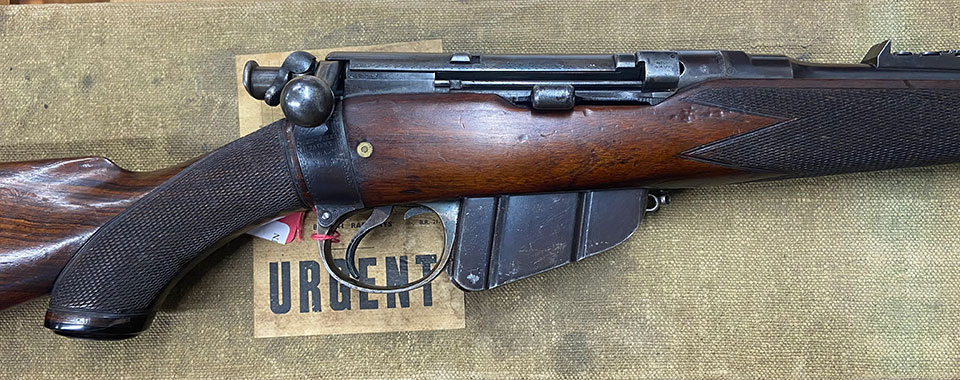
The Lee Speed is based on the British army Lee-Enfield battle rifle. It was created to equip army officers and others with a sporting rifle that had an action that would be very familiar and a cartridge that was available all over the globe.
While the preference for hunting would be soft-nosed rounds designed for that purpose, in extremis, military full-metal-jacket ammunition would suffice.
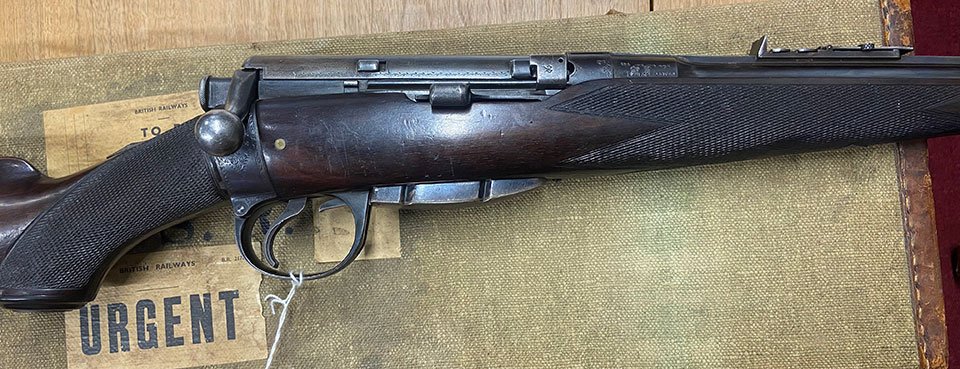
The rifles photographed here sold at Holt's in March. One was retailed by Army & Navy CSL, dated 1903, and the other by Kavanagh & Son of Dublin, dated 1910. They were made by BSA in Birmingham.
There are obvious differences between the two rifles. The clearest being the magazines. While the Kavanagh has a full-length 10-shot magazine, the Army & Navy has a five-shot, shorter version, which is sleeker and certainly adequate for hunting use.
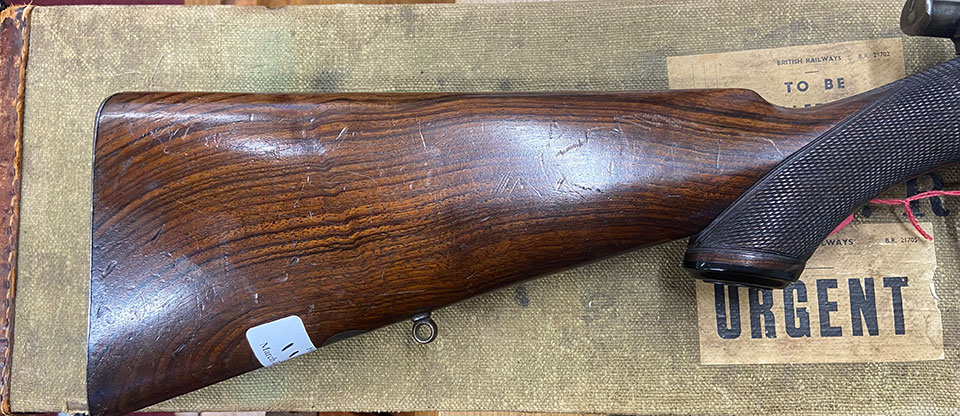
Both have nicely shaped and chequered pistol grip stocks and the Kavanagh has very pleasing figure, with tight dark stripes curving from comb to toe. The wood on the Army & Navy is rather more discolured and darkened by time.
The Army & Navy rifle has a flat rib the entire length of the barrel, with an engine-turned, stippled finish. It is mounted with fine leaf and ladder sights for long-range shooting.
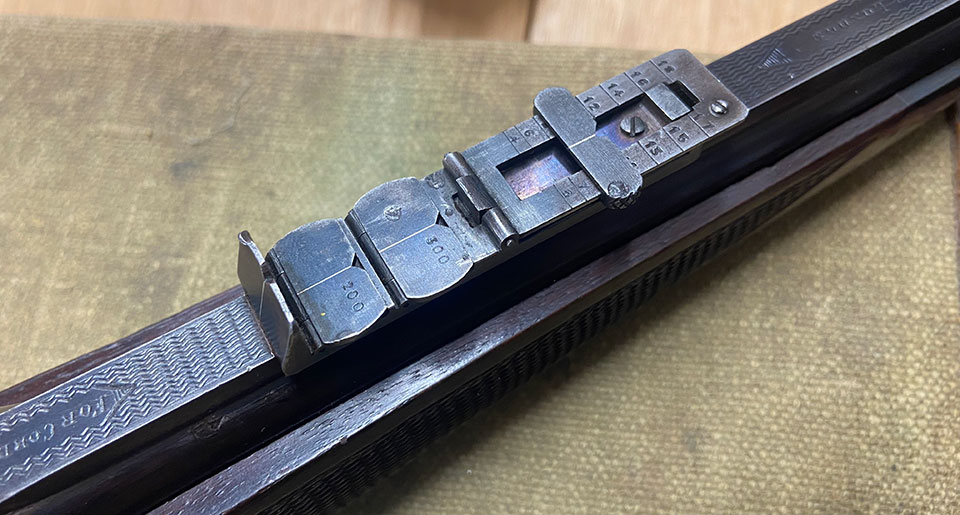
Weighing 7lbs 8oz - 7lbs 9oz, these are handy rifles, which are easy to wield and fast to get to the shoulder. The Lee action allows for fast cycling of rounds, without removing the rifle from the shoulder. They are beautifully made and pleasant to operate.
The .303 British, as Americans call it, (to us it is just a .303) is certainly not a fashionable hunting cartridge these days. For woodland stalking with open sights, it is still capable in skilled hands, however.
With zero set at 25 yards, a 150 grain bullet should strike 2.8" high at 100 and 1/2" low at 200. I rememer my uncle, who served in the Second World War with a .303 Lee Enfield. how it performed and he said, 'If you could see a man, you could hit him'. That probably required practice.
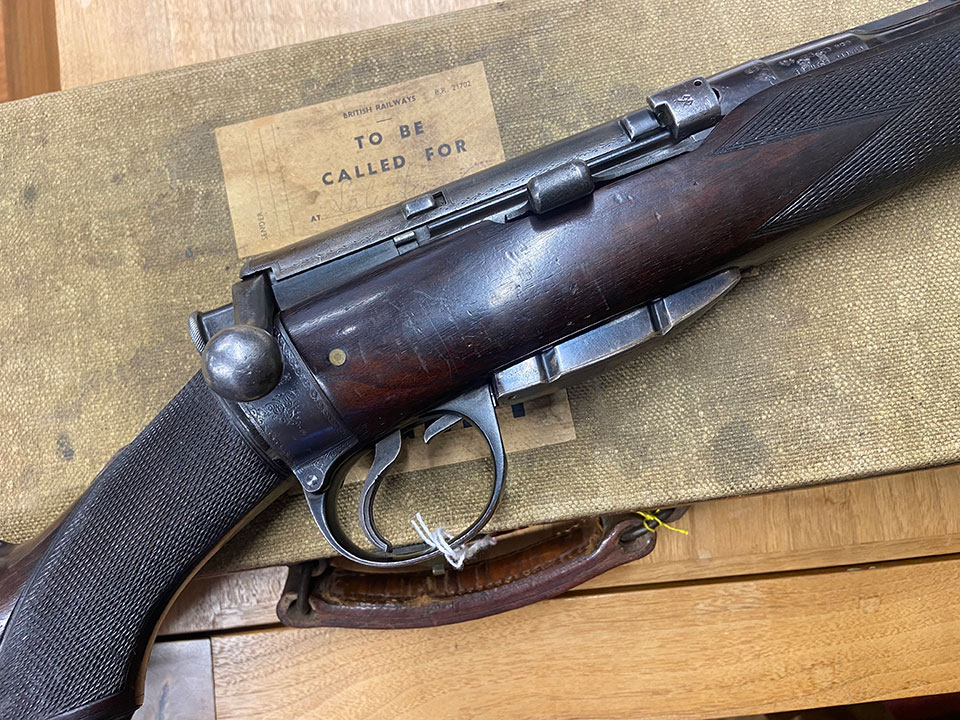
Published by Vintage Guns Ltd on




